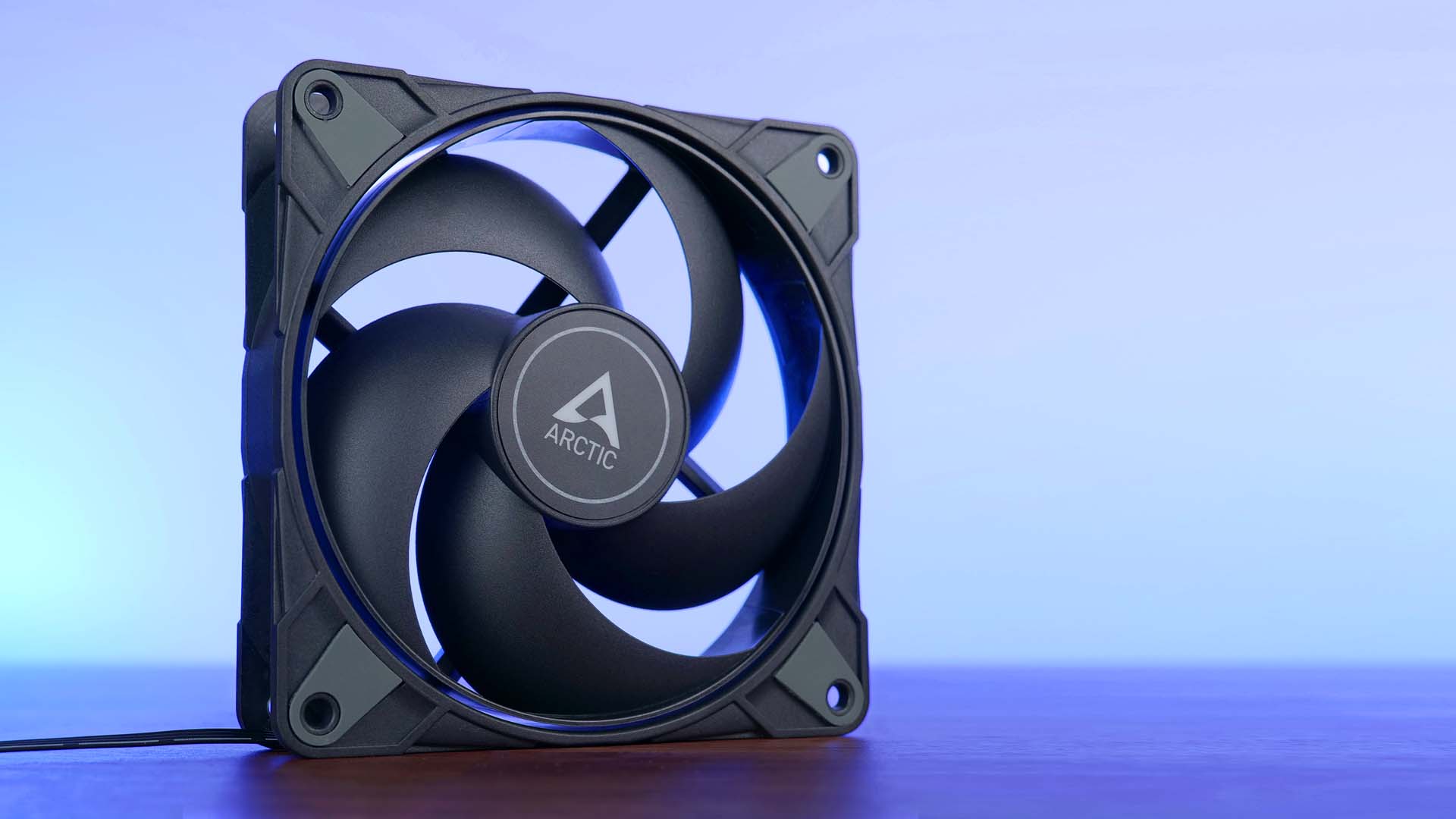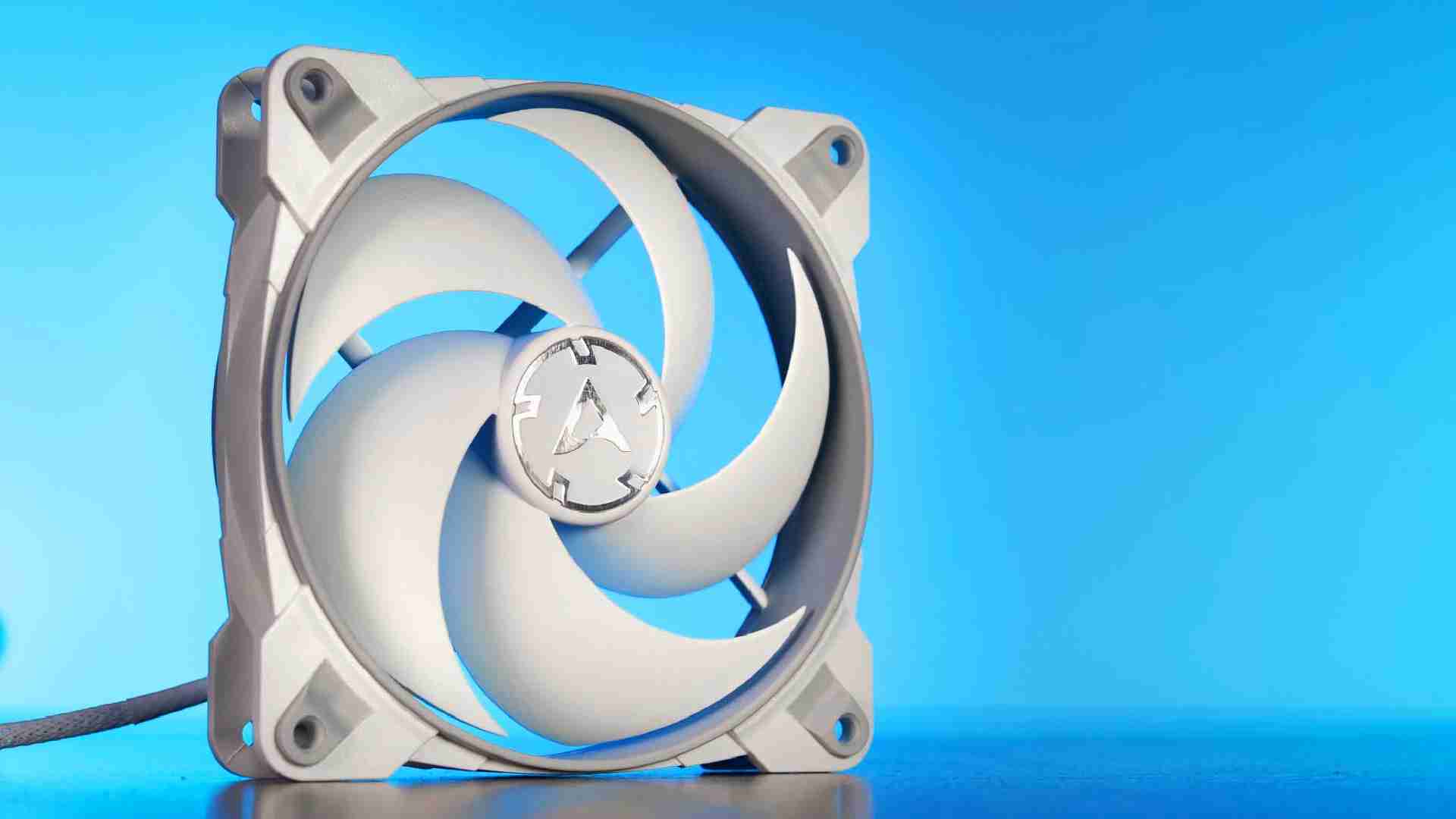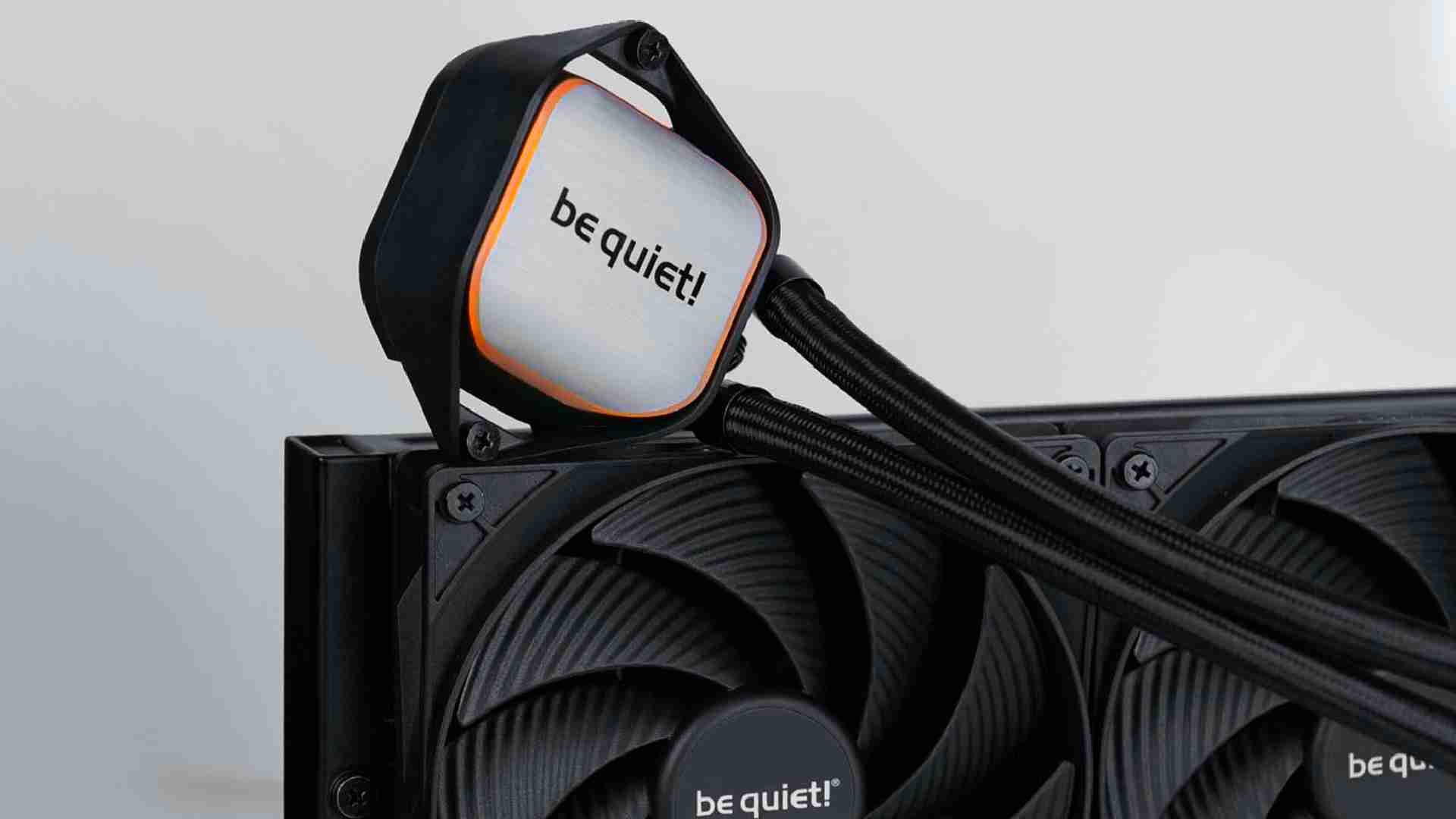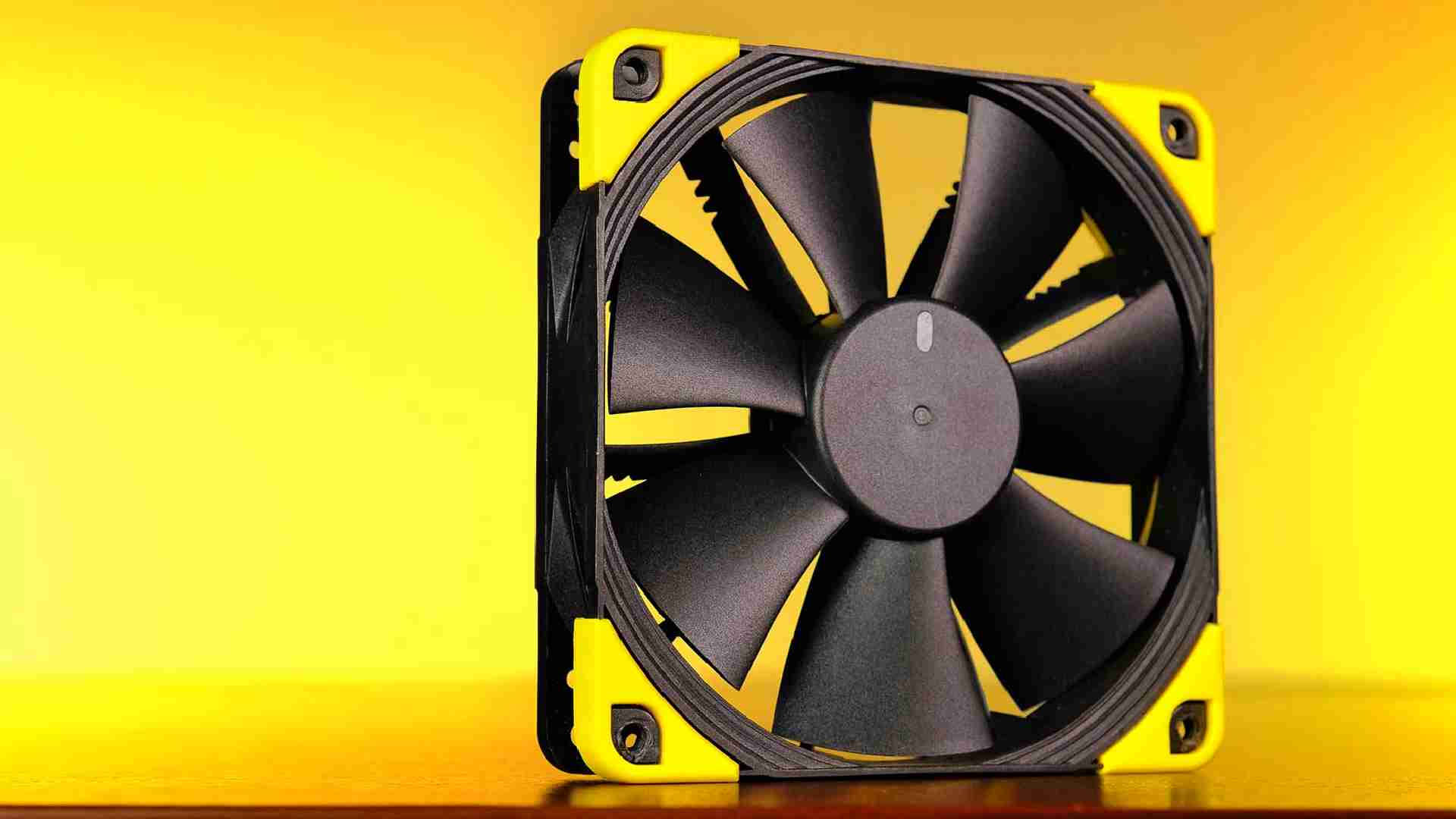Arctic P12 Max Review
Introduction
Arcitcs P12 was an icon for the PC Fan market for years. Now its time to give up the throne! Meet the Arctic P12 Max. Now spinning at up to 3000RPM, the P12 Max is not scoring many points in affordability, but it brings serious performance too!
Positive
- Excellent Noise-to-Performance
- Excellent Performance
- Excellent Price
- Excellent Build Quality
- PWM
Neutral
- No RGB
Negative
- No PWM Daysichain
What's in the Box?

Although there have been quite some changes coming from an ordinary P12 to the brand new P12 Max, the box is simply not one of them.
In the good old Arctic fashion, the P12 comes in an all-blue box with a bit of imagery and the usual spec sheet.

Inside we will find a P12 Max fan accompanied by the usual bag of case fan screws.
Down below we summarized the spec sheet:
| Name | Arctic P12 Max |
| Size | 120x120x25mm |
| Speed | up to 3000RPM |
| Airflow | up to 81.04CFM |
| Static Pressure | up to 4.35mm/H2O |
| Noise | < .6 Sonne |
| Connection | PWM |
| Cable Length | 40cm |
| Bearing | Dual Ball Bearing |
| Motor | - not stated - |
| RGB | - none - |
Installation
Installing an Arctic P12 Max is no different than any other Arctic Fan, or just generally any other fan.
Position the fan, screw in all 4 screws, done.

To get the fan to spin we are required to provide some power using the 40cm long 4-pin PWM cable.
We can connect this one to any of our mainboard-free case-fan headers.

Despite it being an Arctic Fan, there has been a slight change to the beloved P12 fan. Instead of allowing the User to go for their "PST" subversion, the new P12 Max does not come with such an option. When going for a P12 Max, we are required to either use a single Fan per port, or fall-back to good old splitters or external hubs.

Although we are not the biggest fans of this decision, we do understand it. At full load, a single P12 Max is capable of pulling up to .3A. Daysichaining more than 3 of them would put the port on the motherboard at risk.
Appearance

On the design front, the P12 Max seems like the combination of 3 different Arctic fans previously released.
While the 5-Fan Wing design is definitely coming straight from the original P12, the Ring around the Fan is something seen on the P12 ARGB 0db.
And the Frame? Well, that one looks exactly like they came on the P/F BioniX series. Including the rubber around the fan screw holes.

Although the Fan seems like a mixture of the previously mentioned fans + a much stronger motor, the individual pieces are not "exactly" the same as they were used in the past.
Every single part of the fan is "better". The frame is definitely thicker and sturdier than on the BioniX Series. The Fan wing feels slightly thicker, thus stronger, than on a P12 including the ring around it.
Overall, the P12 Max is definitely the highest-quality fan we have seen coming from Arctic as of now.
Benchmark
We Benchmarked the new Arctic P12 Max on our usual Case- almost Heatsink benchmark setup.

Whilst letting the Fan spin at 100% of its 3000RPM, the P12 Max managed to keep the CPU at 38°C above ambient.
This positions it at the Top of our benchmark list and almost allowed it to beat the much thicker Phanteks T30.
Compared to most other fans in our lineup, the P12 Max blew most of them away. Noctua NF-A12x25, Silent Wing 4 Pro, nothing really stood a chance, not even talking about the original P12.

But it's the noise-to-performance graph that counts.
Here, the P12 managed to score excellently, but not perfectly.
At higher RPMs, it was comparable to a Phanteks T30, until it started to take off and kept the system slightly quieter for the rest of the run.
Something similar happened compared to the Silent Wings Pro 4, however, here the SW4Pro managed to win the race at the lowest speeds.
The only contestants that flat-out won from start to finish were the Noctua NF-A12x25 and Lian Li Uni SL Infinity fans. This proves that Arctic did make some tremendous advances, but there is still some improvement worth doing.
Conclusion

Absolute beast. That's the best description we can come up with.
The P12 Max combines the best of every world. The excellent Noise-to-Performance ratio the P12 already had, the max performance of a true 3000RPM fan, and a truly Arctic-fashioned pricetag.
At less than 10€ per fan, we did not expect this level of performance.

The P12 Max might not have beaten the A12x25 in its Nosie-to-Performance ratio, but the P12 Max still landed in the upper 10% whilst having an enormous performance overhead that most other fans just don't come with.
Additionally, the new P12 Max scored every point possible when it came to its build quality.
From frame to wings, everything felt incredibly sturdy and pretty much unbreakable.

The only aspect we would have liked to see differently would be an included PST cable.
Due to all of the highly positive aspects mentioned above, we have no other choice than to recommend this monster to basically everybody. First-time Builders, Budget-Oriented Builders, Performance-Oriented Builders, and Noise-Oriented Builders, this is the fan to unite them all.


Arctic BioniX P120 Review
With the Bionix Series, Arctic tries to bring color to your PC System. But instead of the usual RGB way, Arctic went with the
Read More
be quiet! Pure Loop 2 280
Using their newest Pure Wings 3 in 140mm, be quiet! tries to squeeze every inch of performance out of their Pure Loop 2 Serie
Read More
Iceberg Thermal IceGale Xtra Review
The IceGale Xtra is Iceberg Thermals response to the ever-growing high-performance fan market! Blowing at up to 3000RPM, they
Read More
Noctua NF-F12 Review
The Noctua NF-F12 is the static pressure-focused radiator beast out of Noctuas complete lineup. Lets see if its really the ra
Read More